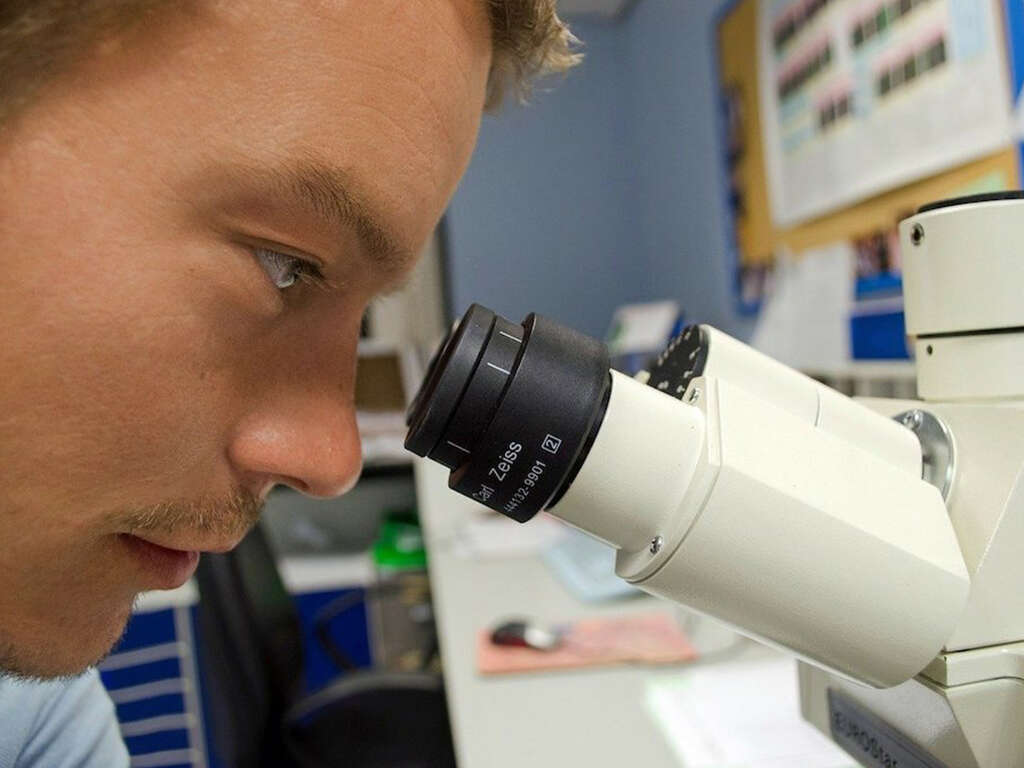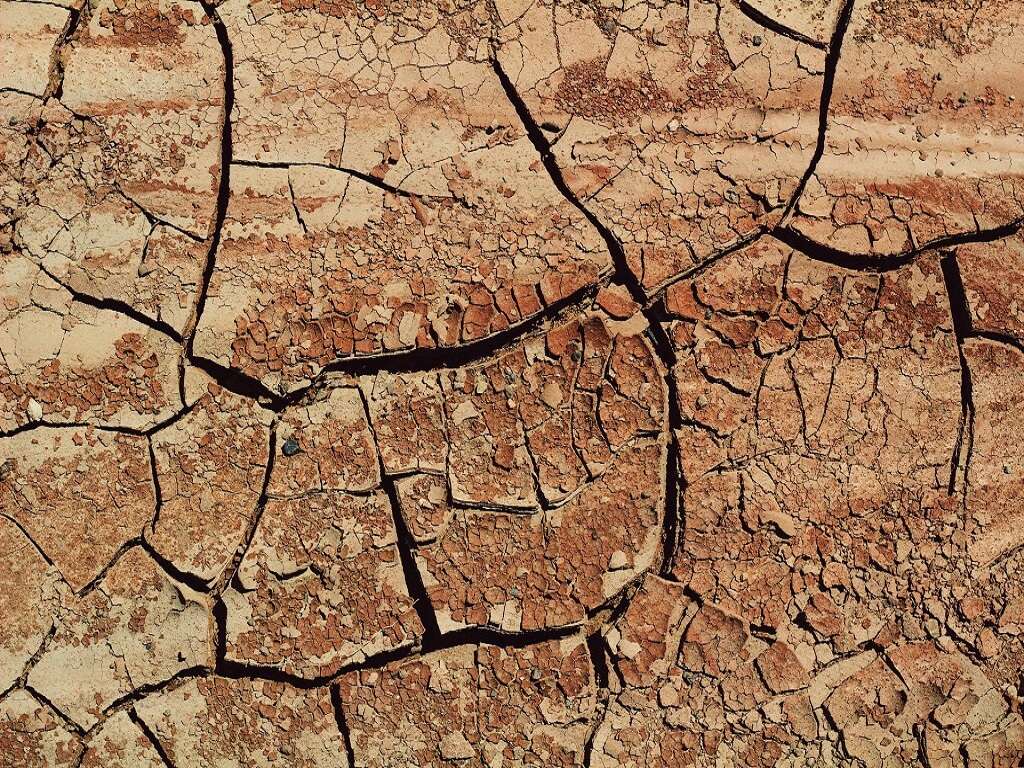10 FAQs About the Hypodermis
 Article Sources
Article Sources
- 1. Yousef, Hani. 'Anatomy, Skin (Integument), Epidermis.' U.S. National Library of Medicine, 27 July 2020, www.ncbi.nlm.nih.gov/books/NBK470464
- 2. Saldana, José Ignacio. 'Macrophages.' British Society for Immunology, www.immunology.org/public-information/bitesized-immunology/cells/macrophages
- 3. Biga, Lindsay M., et al. '5.3 Functions of the Integumentary System.' Anatomy Physiology, OpenStax/Oregon State University, open.oregonstate.education/aandp/chapter/5-3-functions-of-the-integumentary-system
- 4. 'Administering Drugs via a Subcutaneous Injection.' Nursing Times, 7 Apr. 2021, www.nursingtimes.net/clinical-archive/assessment-skills/injection-technique-2-administering-drugs-via-the-subcutaneous-route-28-08-2018
Varies in Thickness
Hypodermis thickness is determined by the number and size of its adipose cells and differs in certain regions of the body. This thickness also varies by gender. For example, men typically store more fat tissue in the hypodermis in their shoulder and stomach areas.
Conversely, women typically store more fat tissue in the hypodermis in their buttock, hip and thigh areas. For both genders, the layer of hypodermis is generally thickest in the soles of the feet and palms of the hands.
Advertisement











